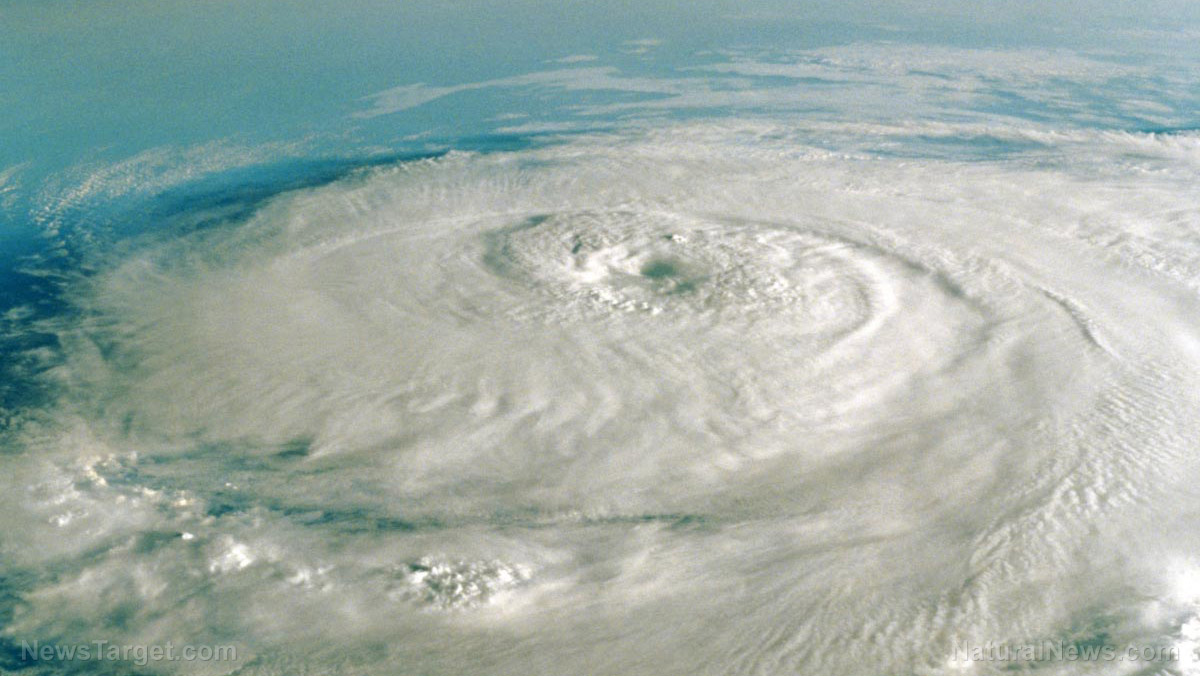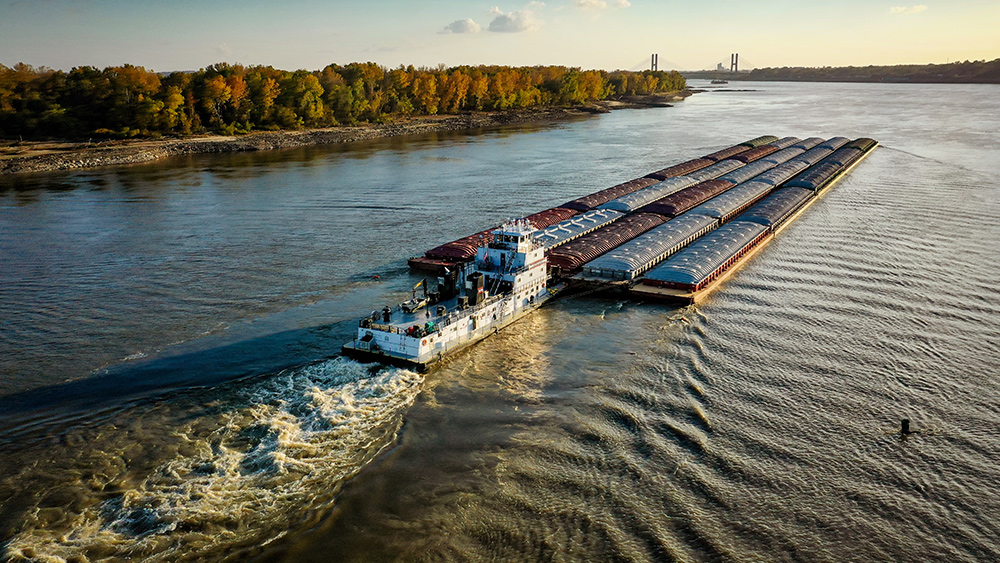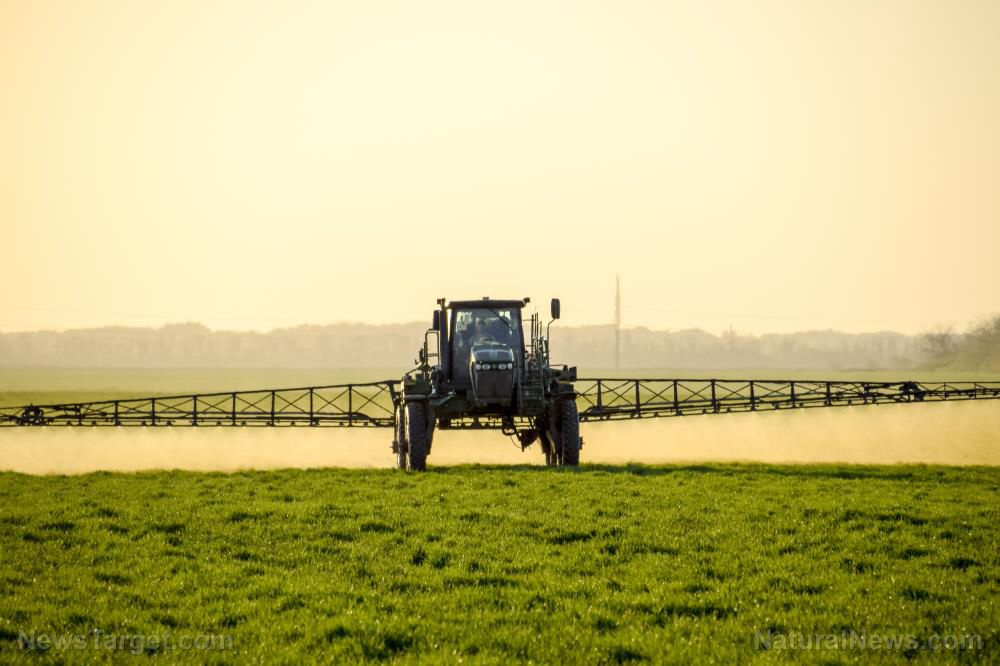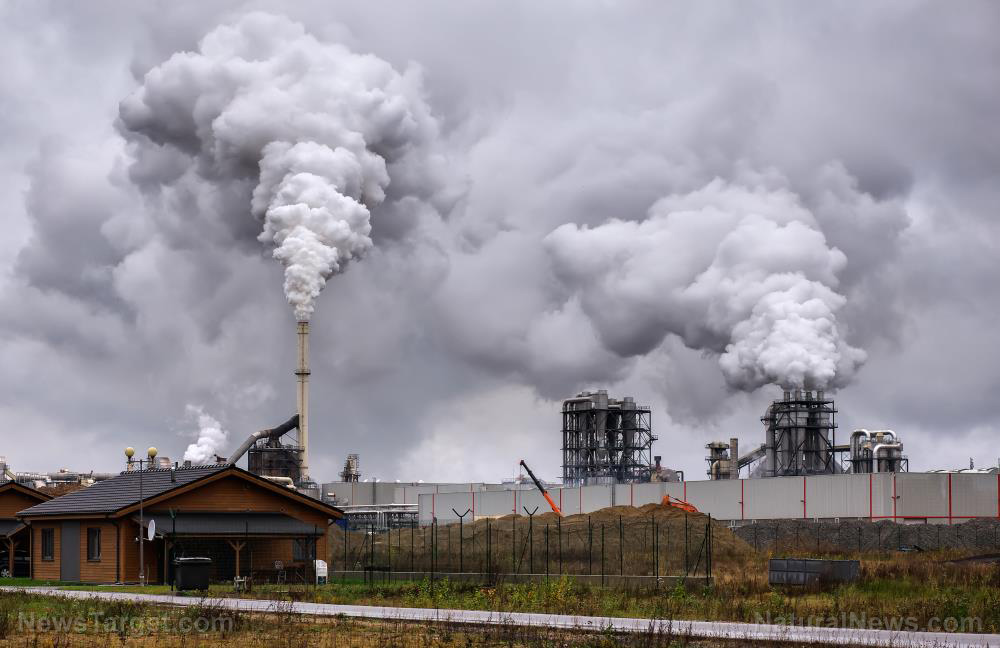 Parler
Parler Gab
Gab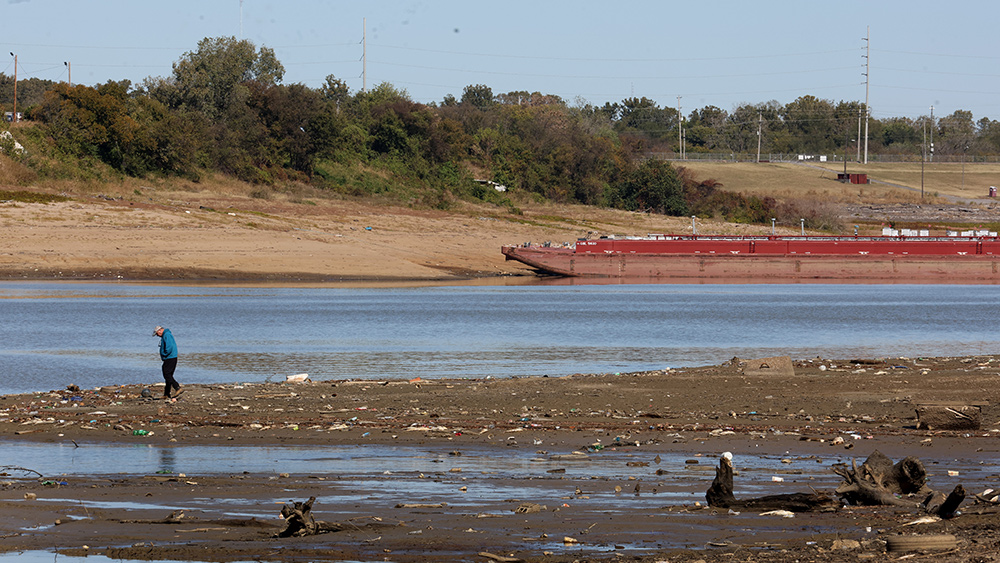
Barges loading commodities at reduced capacity to avoid getting stuck in Mississippi River
In Osceola, many barges are now "dead in the water," reports indicate. Those following behind are having to load up much less crop to avoid suffering a similar fate. Barges carrying soybeans, for instance, are only loaded to about 65 percent at most. This helps keep them from running aground in shallow waters where under normal circumstances they would be able to pass without a hitch. "I've never seen it this bad," Worsham is quoted as saying, adding that he has worked at the facility for more than 20 years. "We had water [levels] close to this in 2012. But it was August, and it wasn't the harvesting season. It wasn't a big deal for us." Worsham says he remains optimistic that more solutions will be found to overcome this crimp in the supply chain. "A lot of the soybeans have been stored on the barges," he says. "We'll be down a little bit on volume and stretched out. We'll be able to get the bushels [out]. It's just going to take longer." Until a towboat can make it out to where the stuck barges are located in order to release them, the situation is unlikely to get any better – and will likely get much worse in the meantime. "It's more than hard," Worsham laments. "They would get them [out] if they could ... I don't know what else to do." In October, some 2,000 barges were reported to be stuck somewhere along the Mississippi River, unable to pass due to their being stuck themselves or stuck behind other stuck barges that are unable to move in the current conditions. In order to safely navigate, barges need around nine feet of water depth. In many areas of the drought-stricken waterway, water levels are much lower than that – if there is any water at all in those spots. Another problem down around the Gulf of Mexico is that salty ocean water is washing back into the river, potentially contaminating drinking water supplies. In an attempt to stop this, the Army Corps of Engineers is staying busy building new temporary levees to try to keep the ocean water separate from the river water, which is quickly receding. Under normal circumstances, some 418 million tons of goods are transported via the Mississippi River annually. As water levels continue to fall, so does that tonnage, which spells disaster for the American economy. The latest news about the downfall of the American economy can be found at Collapse.news. Sources for this article include: TheEpochTimes.com NaturalNews.comWheat prices jump following U.S.-NATO attack on Russian warships in Black Sea
By Ethan Huff // Share
Controlling the weather has been possible since at least 1916, evidence shows
By Ethan Huff // Share
Wheat losses in flood-hit New South Wales exceed $150M
By Kevin Hughes // Share
Food supply woes persist: Grain shippers delay deliveries amid barge quagmire
By Mary Villareal // Share
Rising U.S. nitrogen exports to Europe create domestic scarcity for American farmers
By Cassie B. // Share
Israel escalates strikes in Lebanon amid reports of planned major offensive against Hezbollah
By kevinhughes // Share
Why detoxification is important
By newseditors // Share
A century-old glow: Museum bats reveal a luminous secret
By willowt // Share
Trump and Xi strike a tentative truce in an economic cold war
By willowt // Share
A regulatory reversal: Trump EPA halts plan to expose true industrial pollution
By willowt // Share


